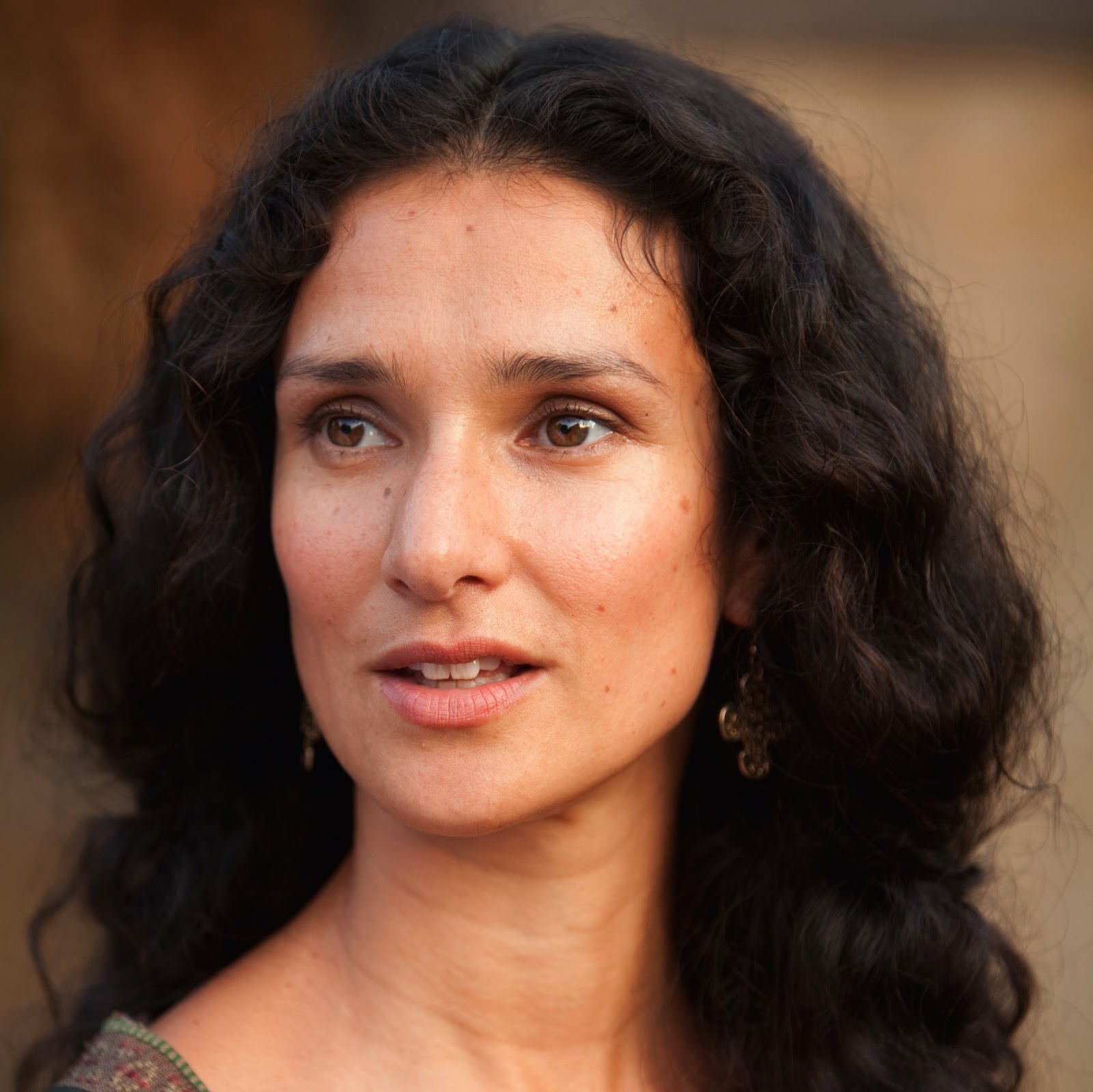


Dedicated by the Rhodians after a great military victory in the third century BC, and taking 12 years to complete, it stood by the harbour entrance (not bestriding it, as the medieval chroniclers thought) until it collapsed in an earthquake almost 60 years later. Unlike the Titan of Braavos however, the Colossus was known as a famous ruin already in antiquity. The Titan of Braavos, an enormous statue bestriding the port, comes to us from the Colossus of Rhodes, a bronze figure depicting the sun god Helios, which was considered one of the seven wonders of the ancient world.

Gladiatorial arenas – like the one Tyrion sees in Meereen – take their cue from the Colosseum, the gigantic arena built by the Flavian dynasty to host lavish and cruel entertainments for the masses. And much like the fate of most Roman emperors, in the memorable words of Tywin Lannister, you win or you die…Īrchitecture across Martin’s Essos has striking ancient resemblances. The fictional continent Westeros is also being pulled apart both from the inside, in the capital city King’s Landing where the Lannister family struggles to hold on to power, and from the outside, where Targaryens from the east and invaders from beyond the Wall threaten to expose how fragile the Seven Kingdoms actually are. Tacitus gives us a chilling description of the horrors of civil war and its corrosive effect on human behaviour, but he also claims that the war revealed an important truth about political power in the empire: whereas previously the centre of power had been Rome, now the armies out in the provinces determined who would be the emperor. But why go for ‘five kings’ when there were only four emperors? The tag ‘Year of the Four Emperors’ traditionally omits the emperor Nero, who committed suicide in late 68 CE, abandoned by his armies and hated (so the story goes) by his own people. This was a year when four claimants to the position of Roman emperor – Galba, Otho, Vitellius, and the ultimate victor, Vespasian – waged a brutal civil war across the empire and in the very capital itself. Power politics are as old as humanity itself, but Martin’s fictional War of the Five Kings has a tantalisingly close parallel in the momentous year 69 CE.


 0 kommentar(er)
0 kommentar(er)
